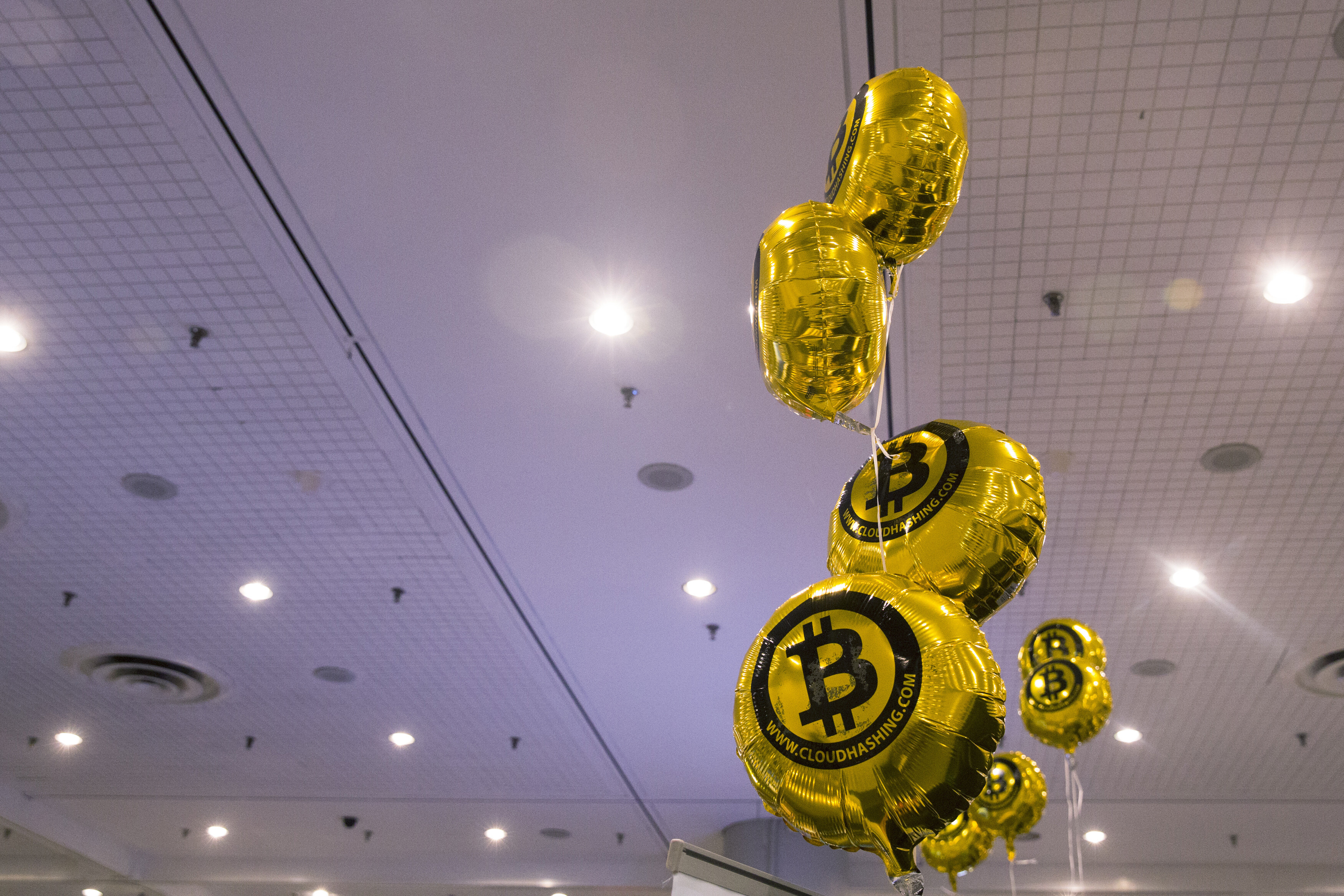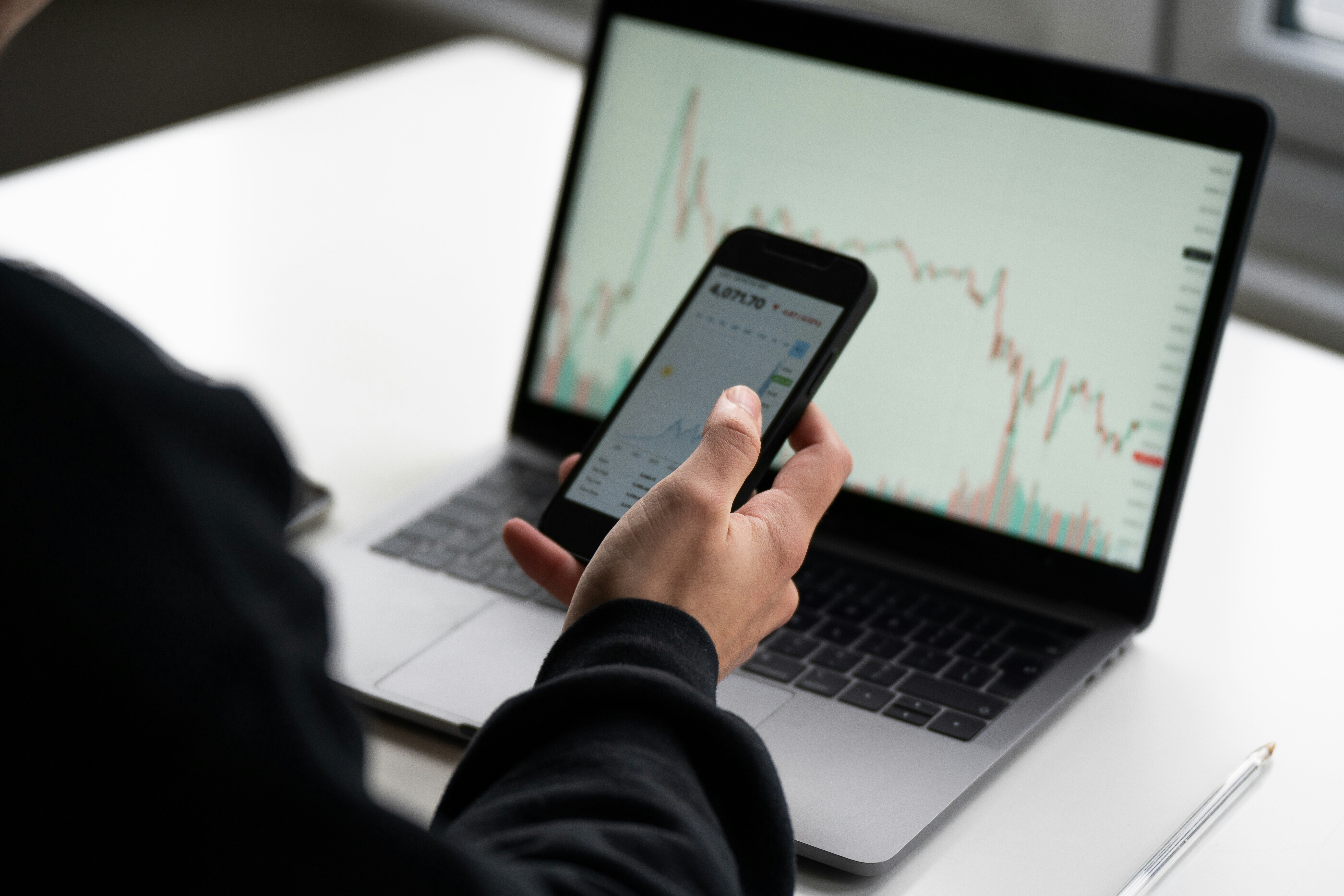How to tackle financial fraud

The internet explosion and the rise in online transactions have led to a new breed of fraud perpetrators. Like all technologies digital convergence too has two sides, and while it gives organizations a new way of engaging customers, it has also made organizations vulnerable to fraud.
Fraud in Financial Institutions (FIs) affects the organizations industry reputation, brand value, and eventually its market share. Thus, it is extremely critical to not only identify fraudulent traders but also to restore the investors’ faith and confidence on the investment system.
Financial Institutions (FIs) and service providers use various models to identify fraud at user/trader level by observing their trade behavior and historical fraud incidents. However, such models fail to identify fraud perpetrated as a group, i.e. at peer group level. This necessitates finding an innovative approach to identify and prevent fraud at a peer level.
In order to detect group level fraudulent activities, there is a need to identify/create associative groups based on association among the traders and monitor group-level trade behavior instead of individual-level trade behaviors. Once the group is identified as fraudulent, individual-level fraud indicators can be computed.
However, the quality of the fraud identification is dependent on the quality of the associative group formation. Given the possibility of a user/trader belonging to multiple association groups, it is imperative to monitor group-level trade behavior for each group, and subsequently test for user/trader level fraud characteristics. This helps to segregate and identify fraud perpetrated by individuals at peer group level.
The associative groups in trade environment can be categorized on the basis of user relationships, off market trades, membership of insiders from public or private equities, and commonality pattern in investment.
Fraud identification at association group level should be used to complement trader-level fraud identification methodology. It is not an alternate to individual fraud identification methodologies. It helps to improve the fraud identification accuracy committed by a colluding group. FIs and service providers can employ this model to identify fraud across all fraud categories in capital markets including insider trading, and circler traders.
For additional information, read our White Paper ‘Mitigating Trade Fraud: The case for a collective group approach‘.
What is your organization’s strategy to identify and mitigate peer-level trade fraud?
Published in collaboration with Tata Consultancy Services.
Author: Narasimha Murty M V has over 8 years of experience Analytics and Data Mining.
Image: A woman migrant worker places her finger on a fingerprint scanner. REUTERS/Beawiharta
Don't miss any update on this topic
Create a free account and access your personalized content collection with our latest publications and analyses.
License and Republishing
World Economic Forum articles may be republished in accordance with the Creative Commons Attribution-NonCommercial-NoDerivatives 4.0 International Public License, and in accordance with our Terms of Use.
The views expressed in this article are those of the author alone and not the World Economic Forum.
Stay up to date:
Hyperconnectivity
Forum Stories newsletter
Bringing you weekly curated insights and analysis on the global issues that matter.
More on Financial and Monetary SystemsSee all
Rebecca Geldard
November 28, 2025






